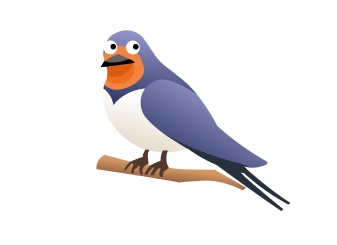04 / 04 / 2025
Svjetski dan lasta - 19. mart
Dan lasta - 19. mart

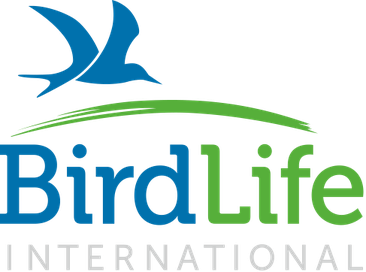
What is citizen science?
Put simply, citizen science is scientific research conducted by people who are not professional scientists. Some of the biggest discoveries in the world have been made by people without official scientific qualifications or funding. For example, the planet Uranus was discovered in 1781 by amateur astronomist William Herschel, who built his own telescope and earned a living as a musician. Even the famous naturalist Charles Darwin, who came up with the theory of evolution, was originally trained as a doctor.
Anyone can be a citizen scientist. Community volunteers are especially useful in big projects where scientists need to gather information from across the whole country, or even the whole world. In these situations, there are not enough qualified scientists to carry out this research all by themselves, so the help of the general public is vital.
You don’t have to be an expert. Often, the tasks are quite simple – for example photographing plants or spotting birds in your garden. With more complex tasks, you will be given training on exactly what to do. Then you can send your observations back to the scientists running the project, who put them all together and study the results.
How does citizen science help birds?
Birds can be found in almost every part of the world and often migrate vast distances. Citizen science can help us keep track of bird numbers and how they are changing around the globe. With this information, we can identify species and habitats that are under threat, and act to help them. For example, the volunteer bird counters of the Pan European Common Bird Monitoring Scheme helped to discover that Europe has lost around 600 million breeding birds in the last 40 years, in large part due to intensive farming. Meanwhile, citizens across the world use the Natura Alert mobile phone app to report any dangers that are threatening their local Important Bird & Biodiversity Areas, prompting conservation groups to take action.

Photo: Bird monitoring team at Lake Mbeubeuss, Senegal; ©NCD
Birds are also found in remote areas that are difficult for scientists to access. Local people can help here, too. In 2021, two friends were out gathering materials in the Borneo rainforest when they came across an unfamiliar bird species. After sending a photograph to their local birdwatching group, they learned that they had rediscovered the Black-browed Babbler – a species lost for 172 years and feared extinct.
Another way that citizen science helps birds is by encouraging people to love and respect nature. Spending time watching and learning about birds makes people more likely to protect them. This idea has been around for centuries: in 1900 ornithologist Framk M. Chapman launched the ongoing Audubon Christmas Bird Count in the USA to replace the traditional Christmas bird hunting contest that killed thousands of birds a year. In Cyprus, where bird hunting is still ingrained in the local culture, our partner BirdLife Cyprus released a children’s bird guide, What’s that bird?, to inspire a new generation of nature lovers.

Photo: spending time watching birds makes people more likely to appreciate and thus protect them, ©Asociacion Calidris
How can I get involved?
There are lots of different citizen science projects to choose from. One fun way for young people to get involved is to enter sightings of the Spring Alive species on our interactive map. This will help us to keep track of the birds’ migrations in real time as the waves of sightings move from country to country.
Get in touch with your national Spring Alive Partner to learn about citizen science projects in your country, or if you’re looking for something more global, download the eBird mobile app, where you can log your bird sightings wherever you are in the world. If you just want a taster, consider signing up to a one-off bird count event such as Global Big Day, Global Bird Weekend or EuroBirdwatch. Outside of these, if you see any unusual wildlife or spot threats to nature, you can always report them directly to your local conservation group.

Photo: Birdwatchers watching waders, Norfolk UK © World Migratory Bird Day
When taking part in a citizen science project, follow the guidelines carefully and try not to disturb wildlife. Unless instructed otherwise, try to stay local or use eco-friendly modes of transport to reduce fuel emissions. Always make sure the information you enter is accurate – for example, by consulting a bird guide – and ask the organisers if you’re unsure about anything. This will ensure that your observations are as useful and scientific as possible, and can help us to direct conservation action where it’s most needed.
04 / 04 / 2025
Dan lasta - 19. mart
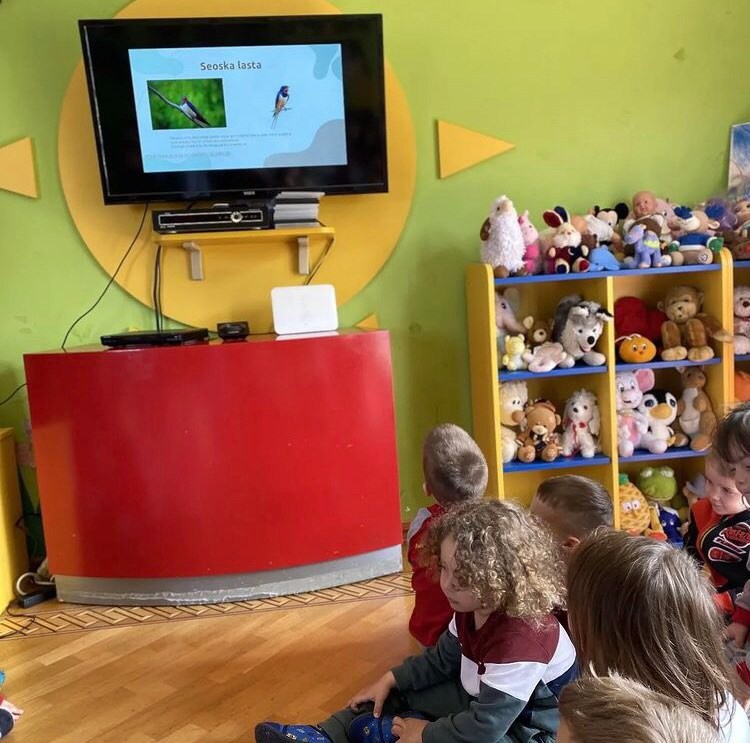
04 / 04 / 2025
Dan lasta - 19. mart
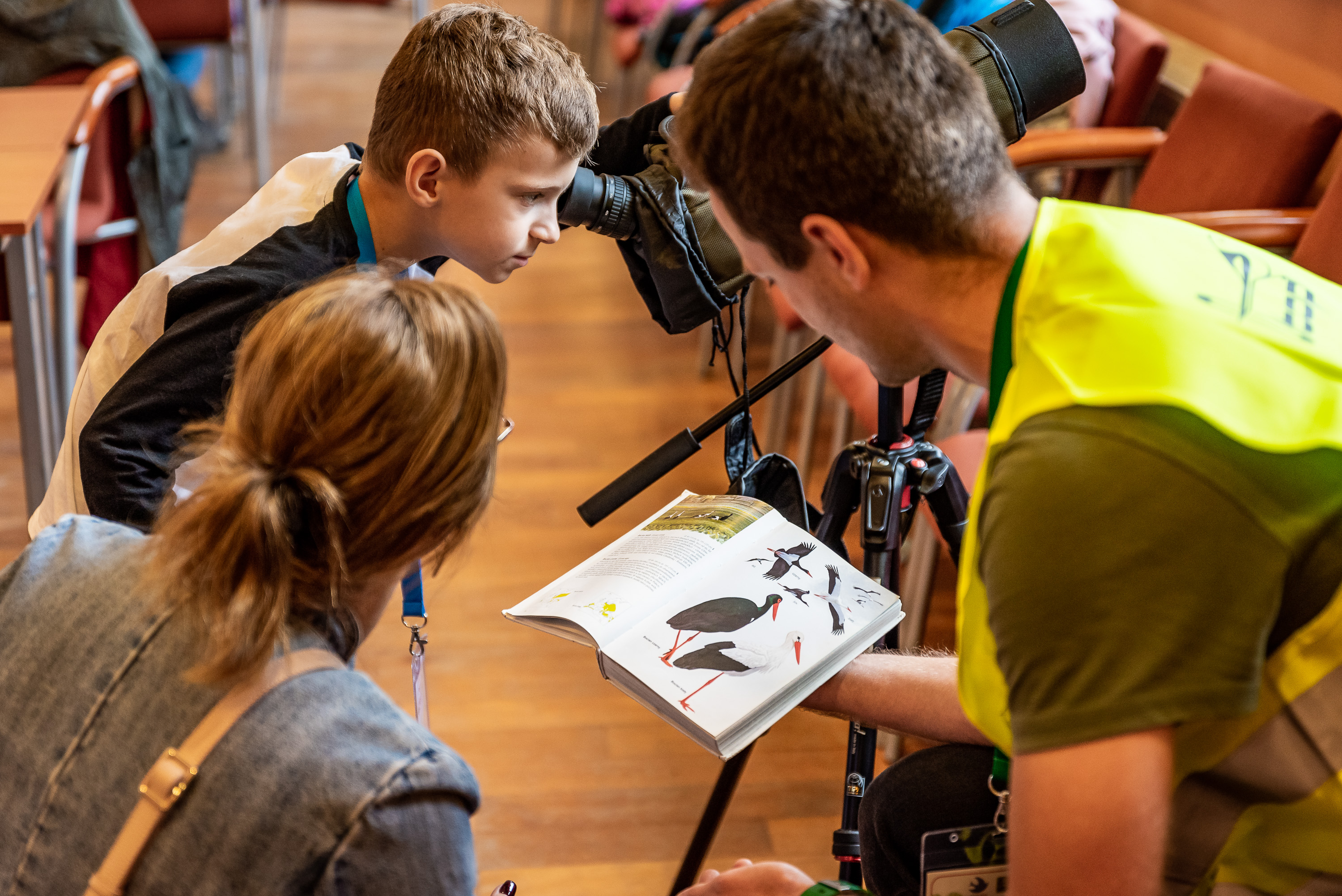
04 / 04 / 2025
Anyone can be a citizen scientist. Community volunteers are especially useful in big projects where scientists need to gather information from across the whole country, or even the whole world.
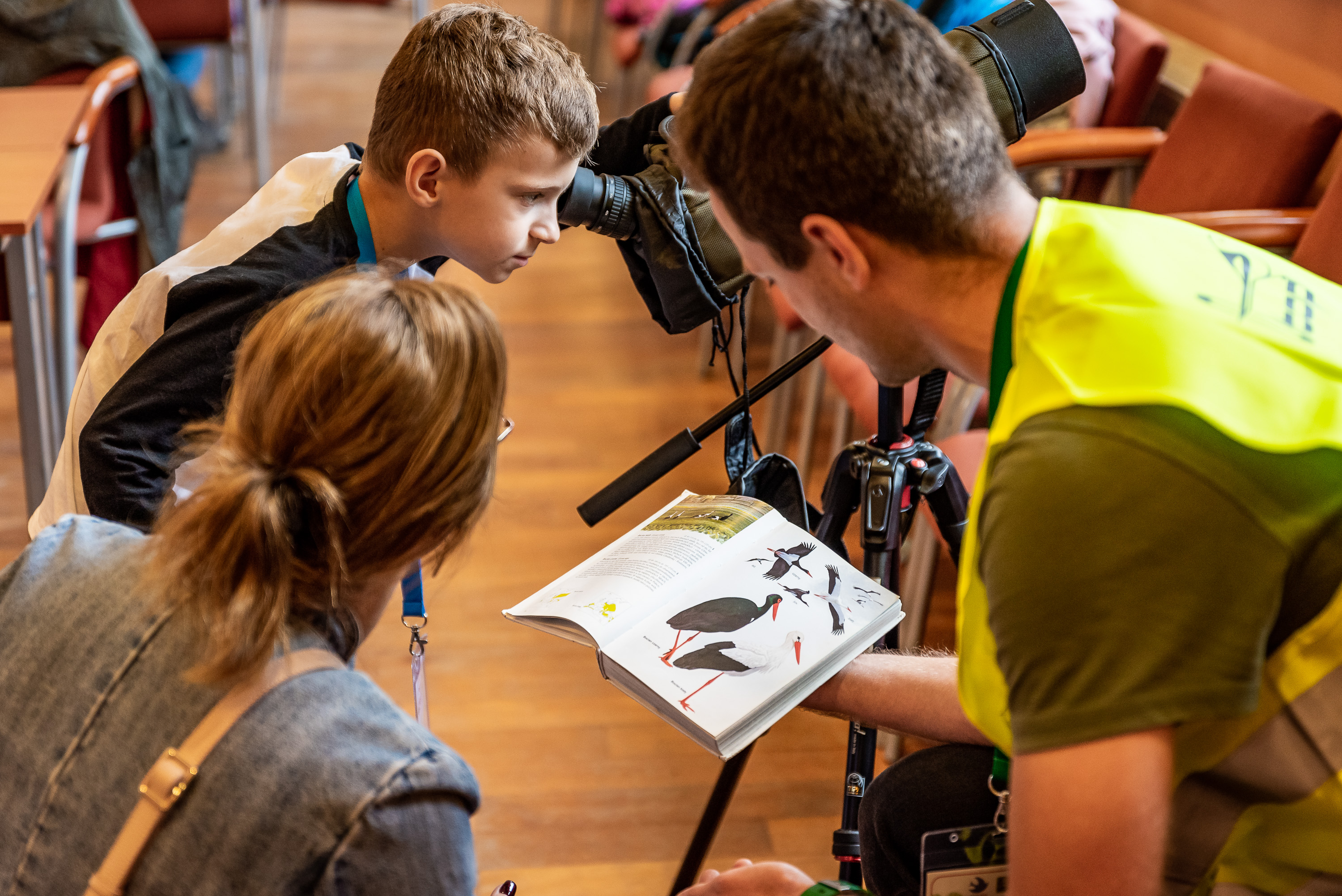
04 / 04 / 2025
Ziņo par saviem gājputnu novērojumiem!
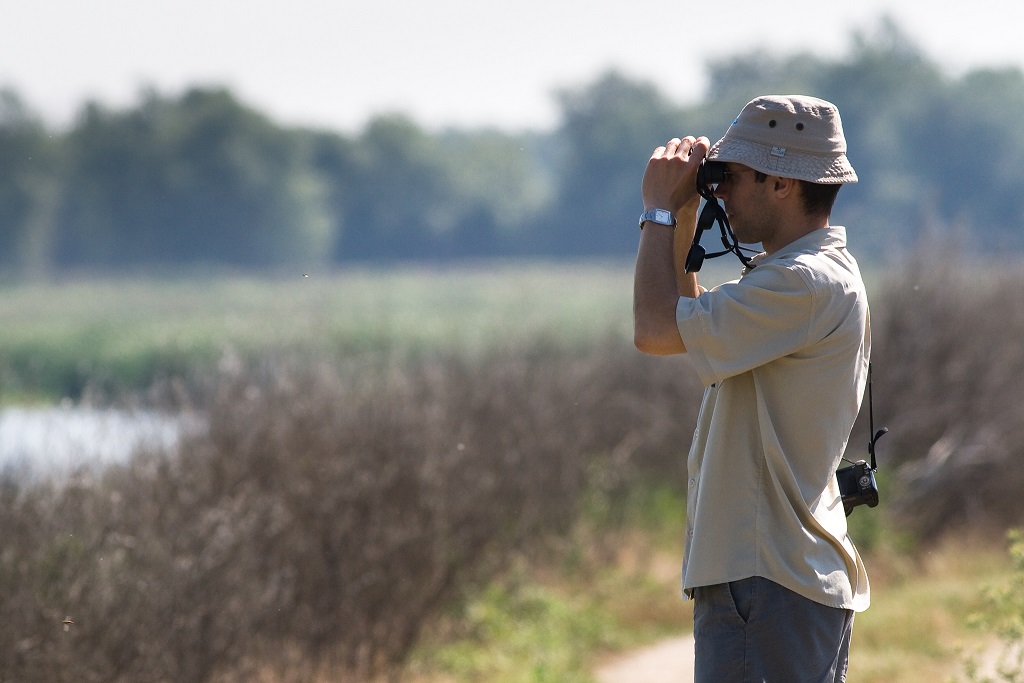
04 / 04 / 2025
Researchers in Flanders (Belgium) analyzed roadkill records from the last decade in the region, using data provided by citizen scientists. The data referred to 145,000 km of transects monitored, resulting in records of 1,726 mammal and 2,041 bird victums.
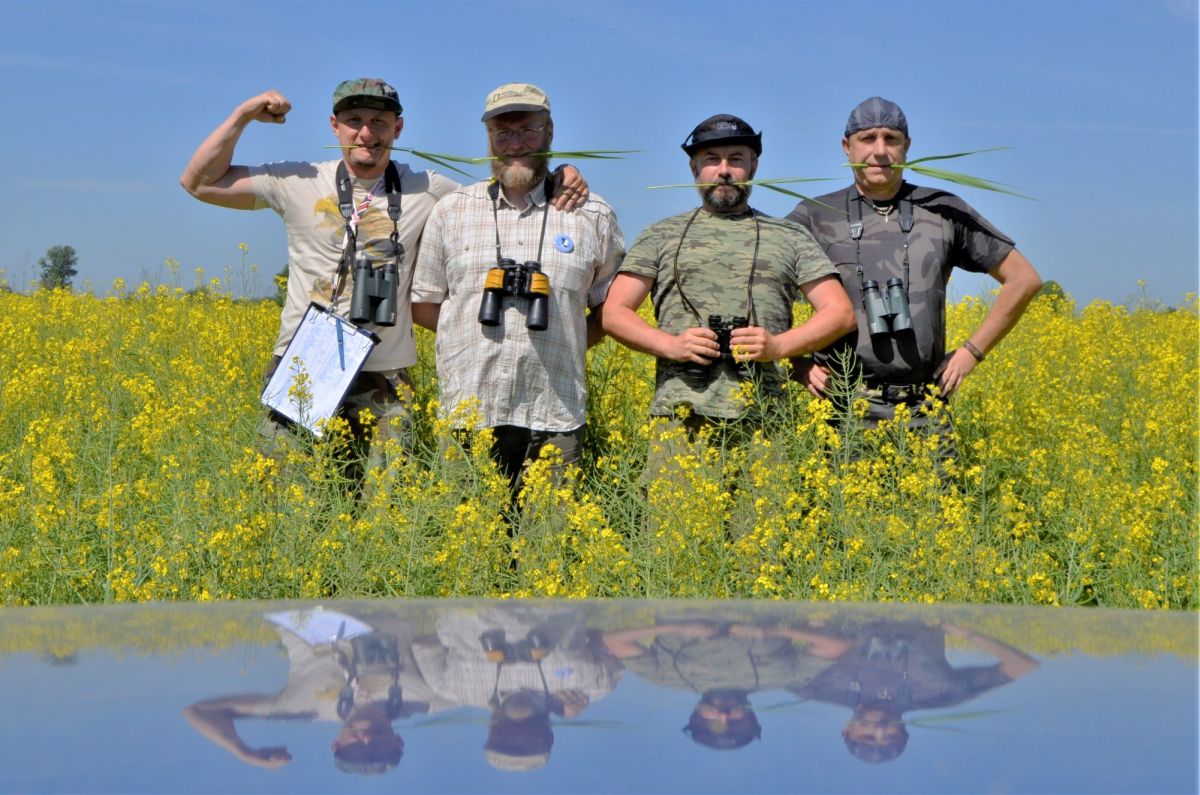
04 / 04 / 2025
BUT the growth of public participation in bird monitoring can greatly contribute to enhance conservation impact.

04 / 04 / 2025
BUT public participation in bird monitoring can greatly contribute to enhance conservation impact.
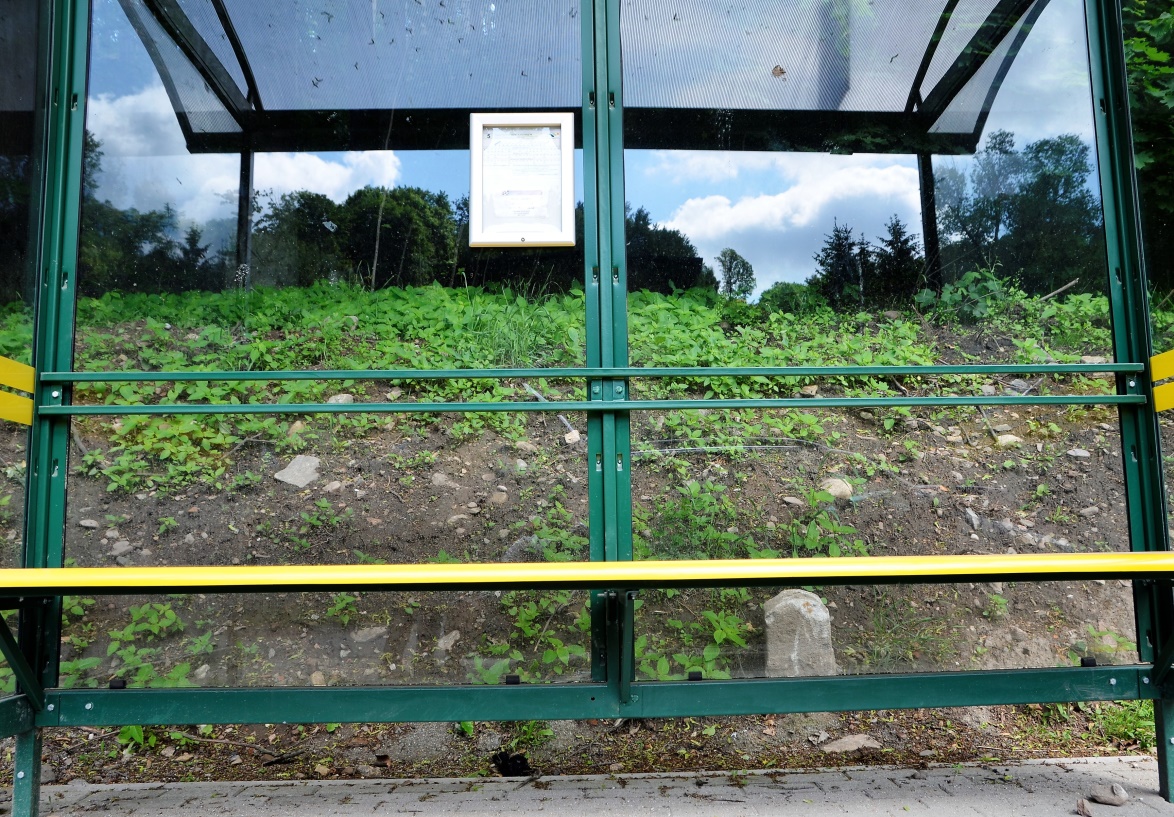
Tanış toqquşma səsi eşidərək, pəncərənizdə quş izini tapmaq üçün qaçmaq ürəksıxıcı bir hissdir.
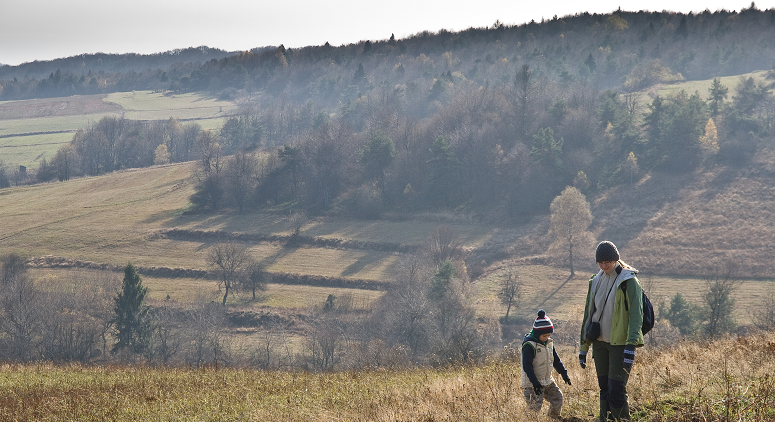
Quş müşahidəsinin nə qədər əyləncəli ola biləcəyini eşitmisiniz və ilk dəfədən sonra bu işi sevib, davam etdirmək istəyirsiz. Lakin tələsməyin! Əvvəlcə bilməli olduğunuz bəzi vacib tövsiyyələr var.
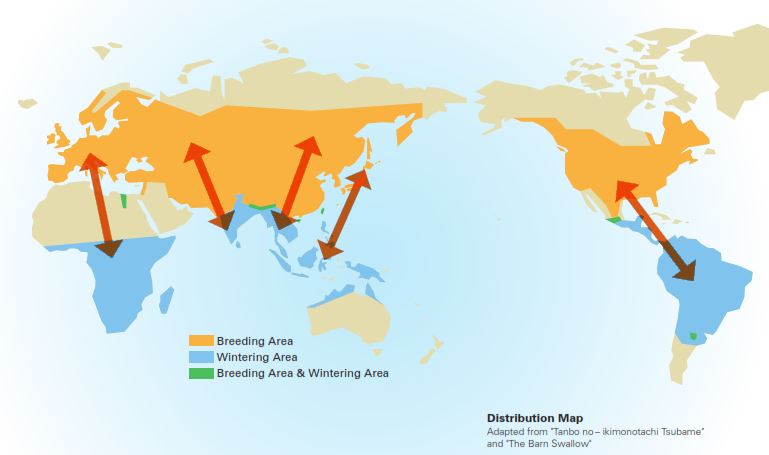
Kənd qaranquşları dünyanın ən geniş yayılmış və tanınan quşlarından biridir. Gəlin onlarla tanış olaq! :)
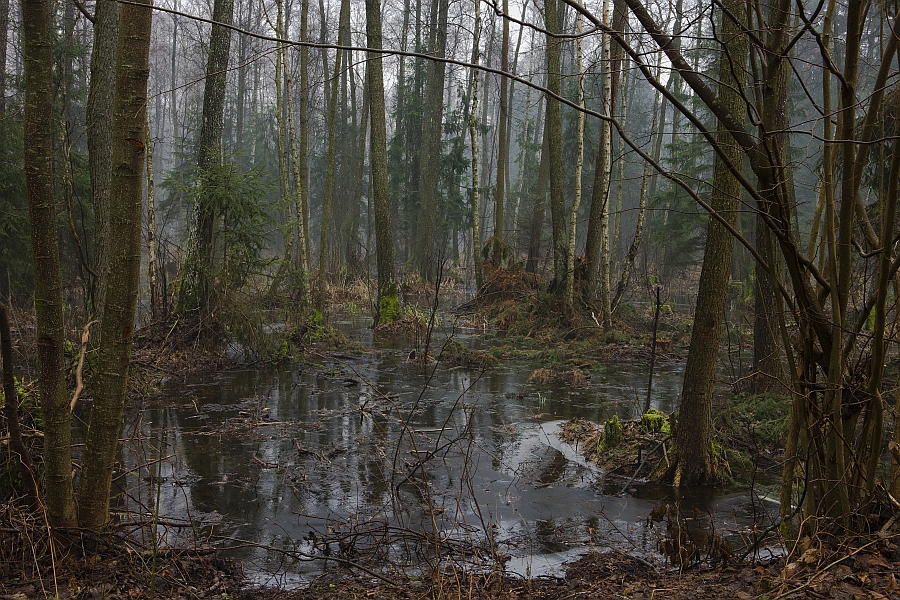
Quş balasını yerdə görürük və onun tək, köməksiz, kiçik, üşüyən, sevimli və tüklü olduğunu düşünürük ... onu xilas etmək istəyinə qarşı çıxmaq çətindir.
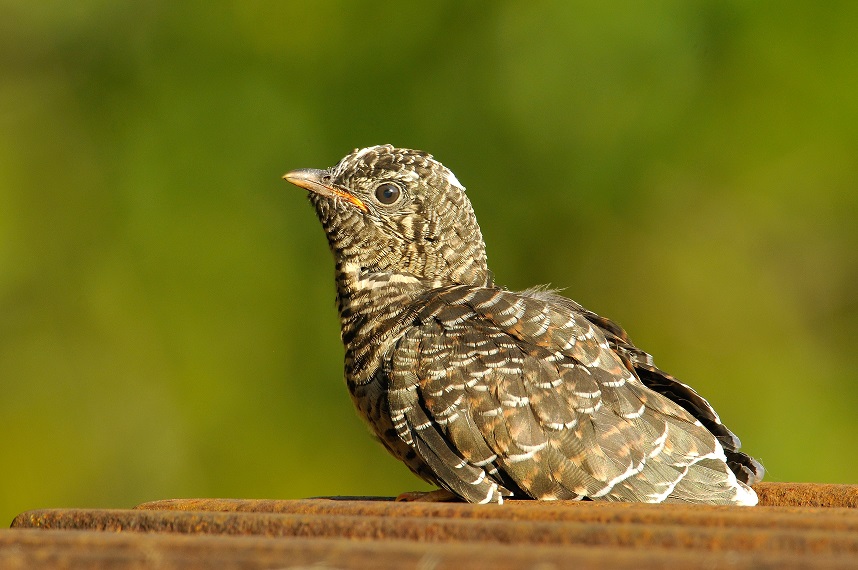
Ən tanınan, geniş yayılmış köçəri quşlarımızın bəziləri təhlükədədir. Məsələn, bugün uşaqlar ququ quşunun səsini valideynlərindən az, nənə və babalarından isə daha az eşidirlər.
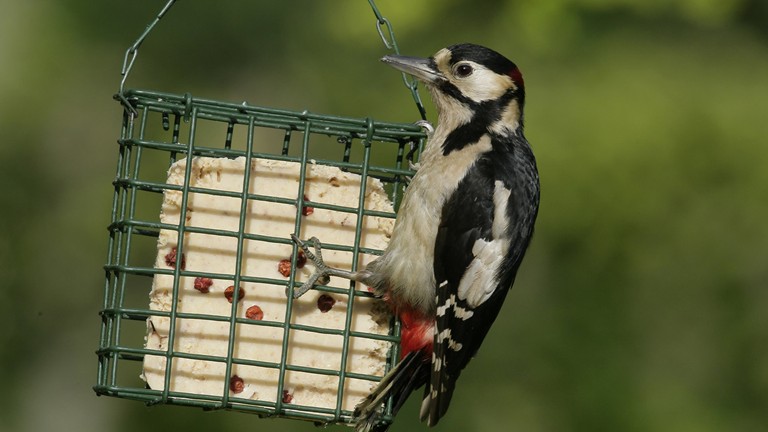
İlin doğru vaxtında lazımi qidanı yerləşdirməklə, quşlar üçün təbii qidaların qıt olduğu dövrlərdə yaşamağa, həmçinin yaxşı vəziyyətdə qalmağa və yazda çoxalmağa hazır olmağa kömək edə bilərsiniz. Bunun müqabilində isə bağçanıza yem üçün gələn quşların gözəl mənzərəsini əldə edəcəksiniz.
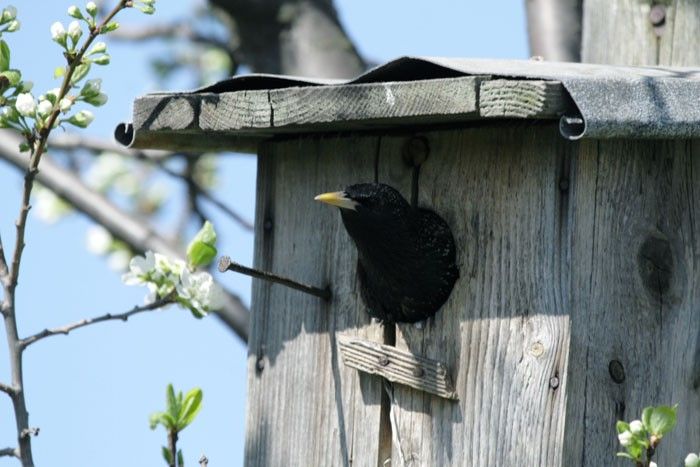
Baharı hər il bağçanızda və ya eyvanınızda canlandırın! Köçəri quşların gəlişi, həyatın sürətlə davam etdiyi zaman, fəsillərin dəyişilməsinə bir işarədir. Təbiətə çıxın, zövq alın və qarşılığında ona bir yaxşılıq edin.

Vəhşi təbiətə vurulan zərərdən narahatsınız, ancaq bu barədə nə edəcəyinizi bilmirsiniz? Bəlkə təbiətdən zövq almaq üçün ən sevimli yeriniz var və qorunduğundan əmin olmaq istəyirsiniz?
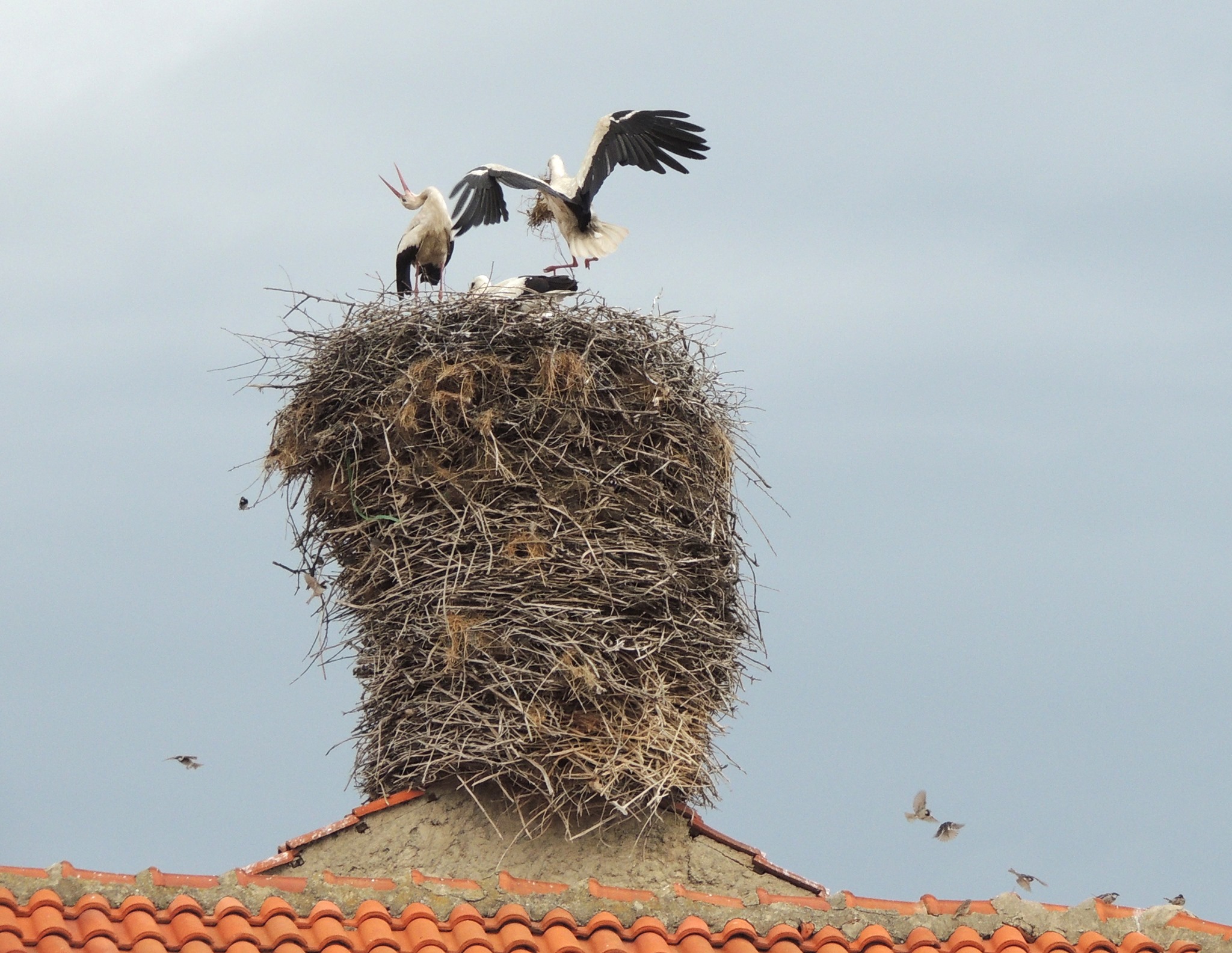
Leyləklər yuvaları üçün materiallar toplayarkən təhlükəli ola biləcəyini bilmədən müxtəlif tullantı əşyaları gətirə bilərlər.
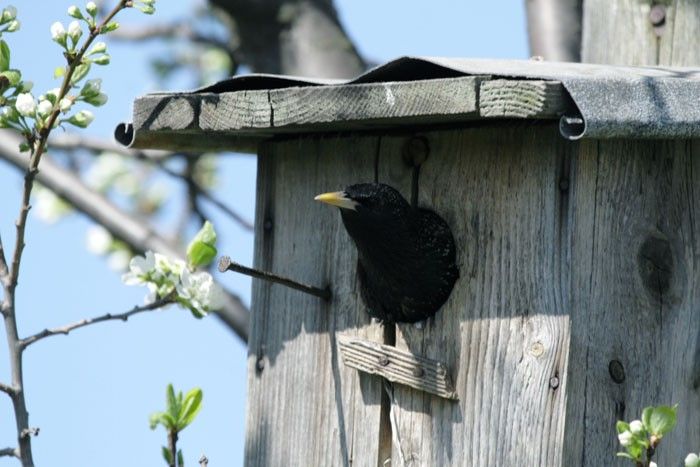
Bir çox quş ağac oyuqlarında yuva qurur. Ancaq müasir meşəçilik üsulları və şəhərlərdə təhlükəsizlik baxımından köhnə ağacların kəsilməsi, quşların yuva qura biləcəyi oyuqlar olan ağacların daha az olması deməkdir.
